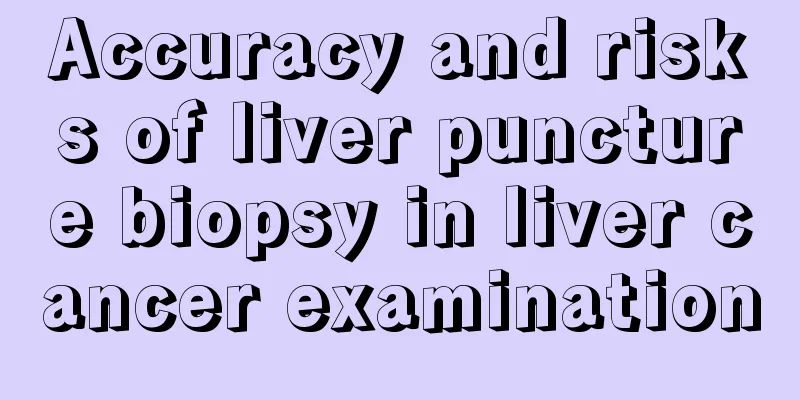What causes macrocytic anemia?

|
Macrocytic anemia is often caused by malnutrition. Most patients with macrocytic anemia are children under 2 years old. Usually, when a baby is exclusively breastfed for six months and has not yet been given any complementary food, the possibility of developing macrocytic anemia is higher. Infants with macrocytic anemia often have pale complexion, poor appetite, yellow hair, poor mental state, excessive sleep, and some are obese. Suffering from macrocytic anemia will not only affect the motor development of young children, but in severe cases it will also affect the child's intellectual development, so parents must pay attention to it. Let us now take a comprehensive look at the specific causes and symptoms of macrocytic anemia. Nutritional megaloblastic anemia, also known as nutritional macrocytic anemia, shows large cells with normal pigmentation under the microscope. It is more common in infants and young children, especially those under 2 years old. Causes of macrocytic anemia What causes nutritional megaloblastic anemia? Mainly due to vitamin B12 or folic acid deficiency (1) Insufficient intake. (2) Barriers to absorption and utilization. (3) Increased demand (iv) Congenital storage deficiency. (V) Acute blood loss. Symptoms and main clinical manifestations of macrocytic anemia What are the symptoms of nutritional megaloblastic anemia? The onset is slow and is more common in infants and young children, especially children under 2 years old. Those with folic acid deficiency develop the disease at 4 to 7 months, while those with vitamin B12 deficiency develop the disease after 6 months. Among them, the majority are fed solely with breast milk without adding complementary foods. ——The main clinical manifestations are as follows: (I) General manifestations: Most patients are puffy or slightly edematous, with sparse, yellow hair and occasional bleeding spots on the skin. (2) Symptoms of anemia: Mild or moderate anemia is common, with sallow complexion, fatigue and weakness. Anemia causes extra-bone marrow hematopoietic reaction, and presents a three-line reduction phenomenon, so it is often accompanied by enlargement of the liver, spleen, and lymph nodes. (III) Psychoneural symptoms: dull expression, drowsiness, slow response to the outside world, less crying or no crying, intellectual and motor development lags behind or even regresses. For example, the child could recognize people and crawl before, but cannot do these anymore after the onset of the disease. In addition, there are uncoordinated and involuntary movements, tremors of the limbs, head, tongue and even the whole body, increased muscle tone, hyperreflexia of the tendon, positive ankle clonus, disappearance of superficial reflexes and even convulsions. (IV) Digestive system symptoms: loss of appetite, glossitis, sublingual ulcers, diarrhea, etc. |
<<: What does a high red blood cell count in urine mean?
>>: What diseases can hematopoietic stem cell transplantation treat?
Recommend
Beauty and slimming soup
Have we all heard that drinking a bowl of soup be...
Explain the clinical symptoms of bladder cancer
Hematuria is the most common symptom. Hematuria i...
Can rectal cancer surgery preserve the anus? When should I have a follow-up check after rectal cancer treatment
Rectal cancer refers to cancer that occurs betwee...
How much does it cost to treat melanoma
How much does it cost to treat melanoma? This is ...
Four tips for taking care of your body and mind in autumn
From the perspective of seasons, autumn is the ha...
Can I renovate my house while I’m pregnant?
Many people know little about the knowledge relat...
What causes pituitary tumors
What causes pituitary tumors? The occurrence of d...
Analysis of the methods for completely curing rectal cancer
With the continuous improvement of medical techno...
Is the tetanus shot still effective if it is given more than 24 hours ago?
We all know that if there are some minor bumps an...
The role of oxygen therapy
Oxygen therapy is a relatively common treatment t...
Can mold be contagious to other people?
Fungus is a common pathogen, and the disease it c...
Where is the regular hospital for teratoma
The symptom of teratoma can be said to be both wo...
What are the genetic factors for uterine cancer
The emergence of cancer is still a mystery that h...
My scalp hurts from pulling my hair
Hair loss is a very bad phenomenon. Many people i...
Sleep quality heart rate
Sleep is the most important activity for people. ...









